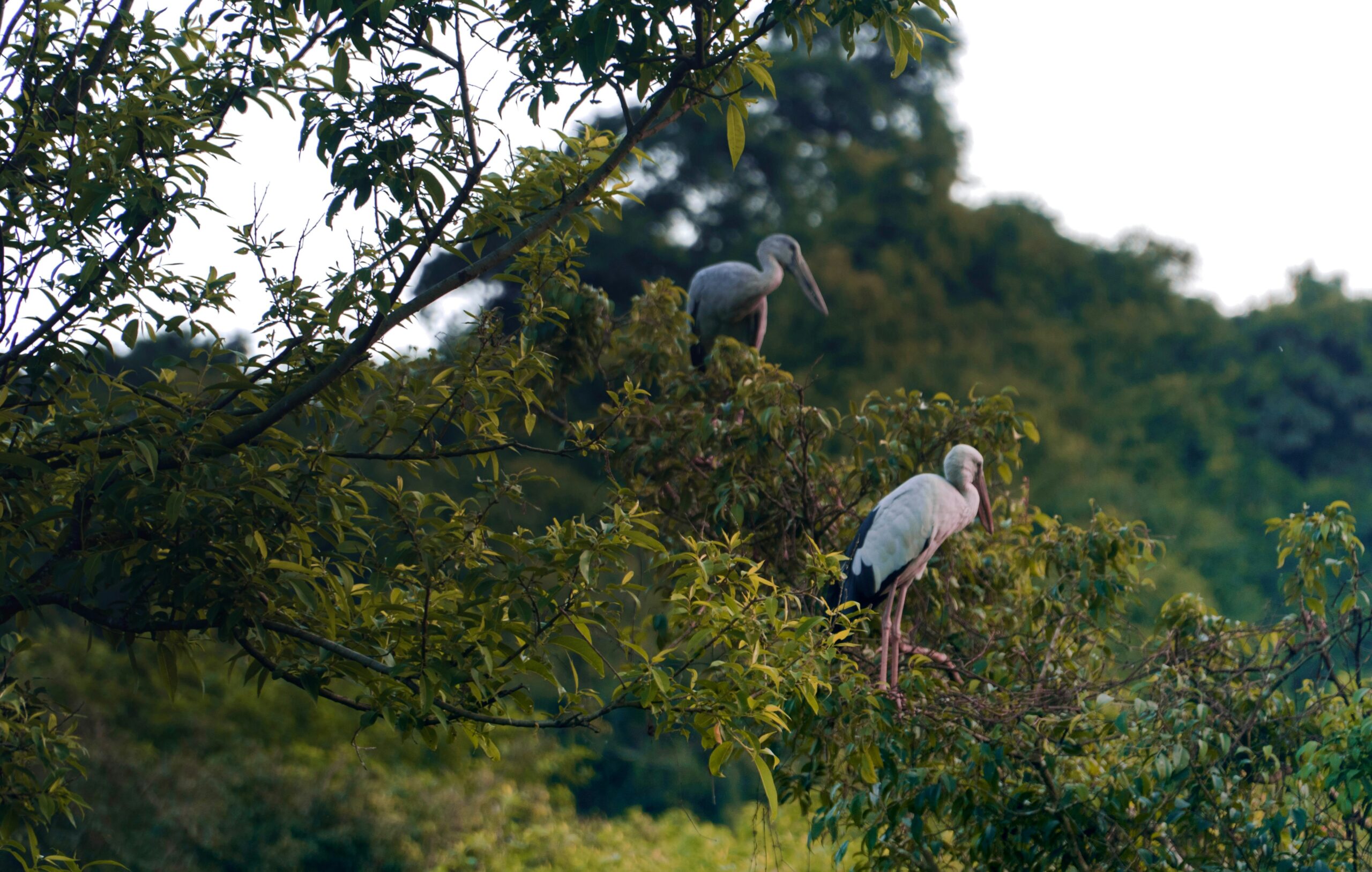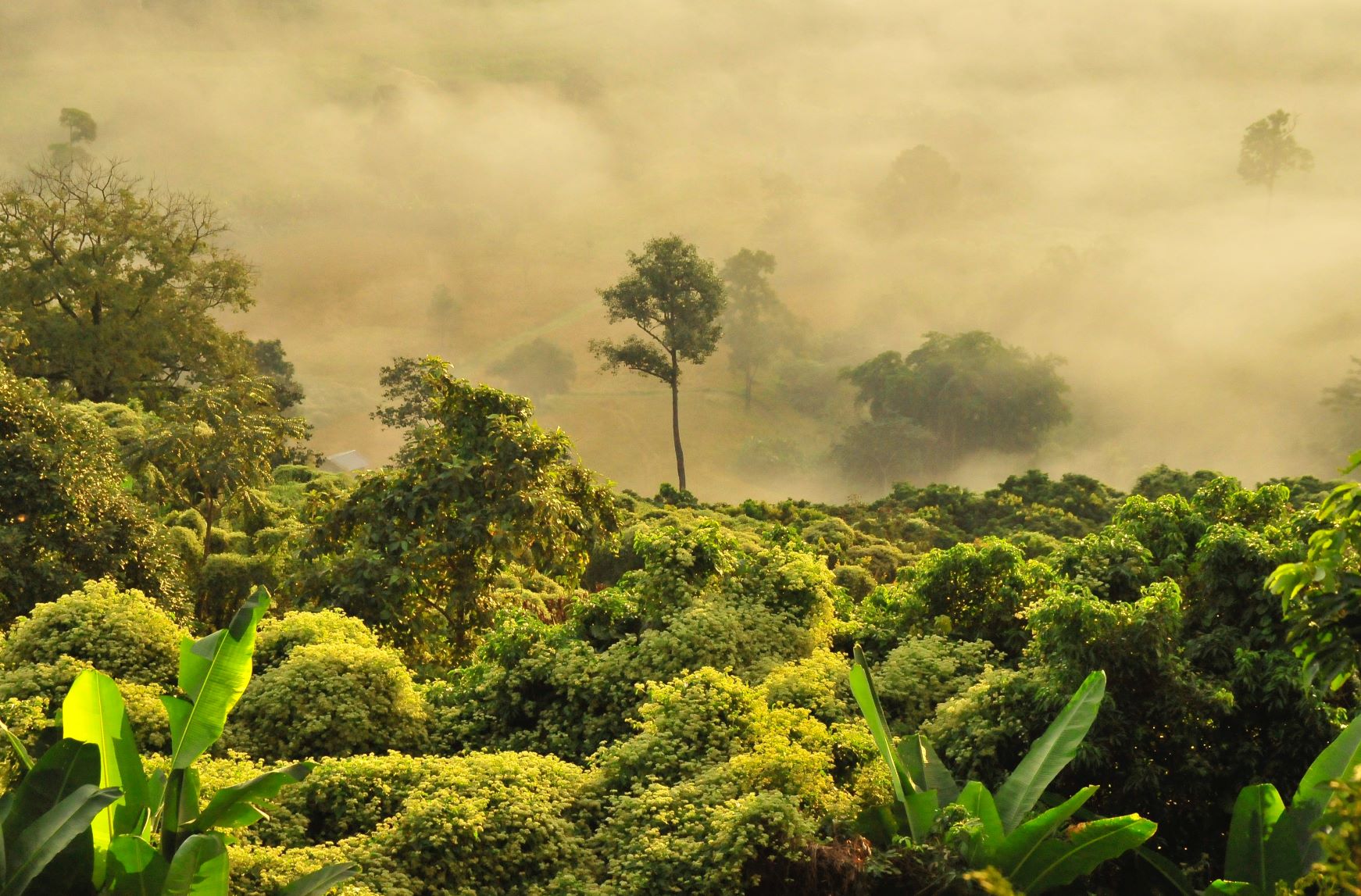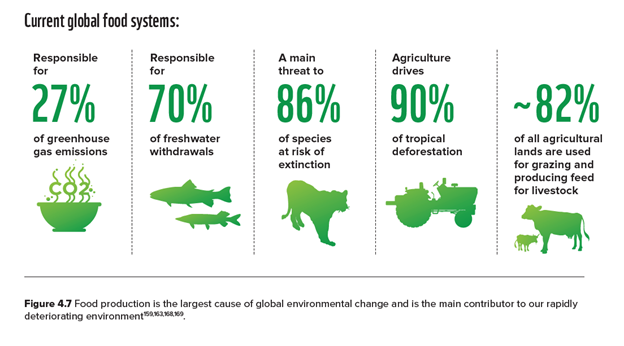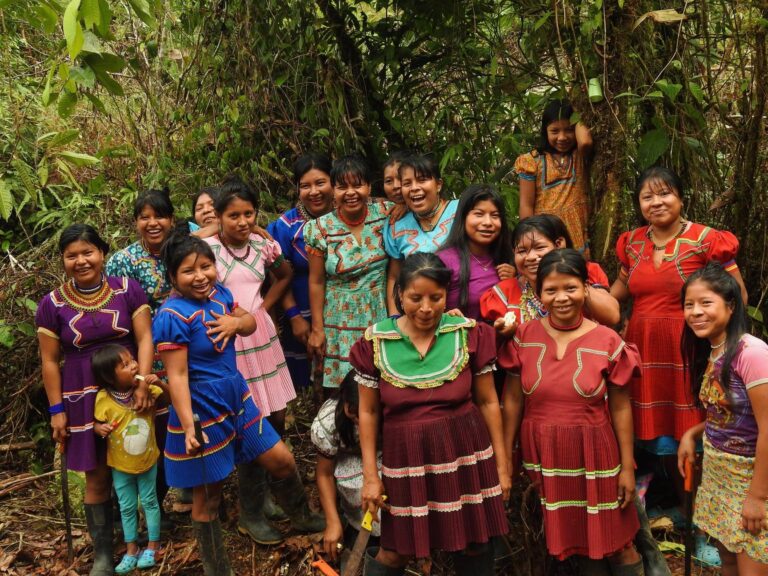
Nature’s Decline Deepens: Insights from the Living Planet Report 2024
The Living Planet Report 2024 reveals that wildlife populations have dropped 73% on average since 1970. It warns that national governments are failing to meet biodiversity targets and calls for an urgent need to transform our current economic and food systems, but it only skirts around the issue of continued global population growth. Campaigns and Media Officer Madeleine Hewitt dives into the report.
Every two years WWF, in collaboration with the Zoological Society of London (ZSL), publishes an updated Living Planet Report. This is compiled from the Living Planet Index which monitors the size of wildlife populations and how they have changed since 1970.
The Living Planet Report can provide an overall outlook on how biodiversity – a measure of the variability of species on land and in marine environments – is faring on the planet.
WWF’s Living Planet Report 2024 estimates that we have lost 73% of all vertebrate wildlife populations since 1970. That’s nearly three-quarters of all birds, mammals, reptiles, amphibians and fish. Gone in just 50 years. During that time, our population has more than doubled, increasing from 3.7 billion to over 8.1 billion today.
Failing Biodiversity Targets
We recently sponsored our partner, Women for Conservation, to attend COP16 in Cali, Colombia. Governments were tasked with reviewing their commitments to the Convention on Biological Diversity, an international treaty signed by almost 200 countries, including the UK, to halt and reverse biodiversity loss by 2030.
However, according to the Living Planet Report, national commitments are falling far short of what’s needed to protect nature.
Currently, over half the Sustainable Development Goals targets for 2030 will be missed. And national biodiversity strategies and action plans are inadequate and lack support.

Failing biodiversity targets pushes the world toward dangerous ‘tipping points’ as ecosystems reach their natural limits.
For example, the Amazon Rainforest is considered one of the most important areas for biodiversity in the world. But the Amazon is under threat from climate change and increasing deforestation causing reduced rainfall, destabilising the wet conditions needed for a tropical rainforest.
A tipping point looms if humans clear just 20–25% of the Amazon rainforest – dangerously close, with an estimated 14–17% already deforested. Crossing the Amazon’s tipping point would be disastrous for the millions of people and species dependent upon the rainforest.

Governments are also failing to meet their climate commitments to limit average global temperature rises to 1.5°C above pre-industrial levels. Existing national climate commitments would lead to an average global temperature increase of 3°C. This will have catastrophic effects for people and the planet.
Unsustainable Food Systems
Experts identify food production as one of the main drivers of nature decline. It’s the leading cause of habitat loss – with forests, wetlands, and other biodiversity hotspots cleared for agriculture.
Humans use over 40% of habitable land for food production. Crop production accounts for 70% of freshwater use. And the entire food sector is responsible for over a quarter of greenhouse gas emissions.
Our current food systems are environmentally destructive, unsustainable, and plagued by structural inequalities. Despite record food production, 735 million people still go hungry, whilst obesity rates rise elsewhere.
Continued global population growth places even more pressure to intensify and expand agriculture causing further nature loss.
Despite recognising that population growth, rising food demand, and environmental destruction are intertwined, the Living Planet Report 2024 shies away from addressing population growth as an indirect driver of accelerating biodiversity loss.

Transform the System
The Living Planet Report 2024 includes a bold call to action for the world to re-examine its current economic systems. To move away from economic systems focused on the extraction and overexploitation of natural resources for profit to a system that values nature.
In recent weeks, we’ve been exploring alternative economic models that move away from GDP as the sole marker of economic success. We have looked at many models that prioritise people’s well-being and the environment instead.
The Living Planet Report 2024 joins many alternative economists in urgently calling for a better economic system that benefits both people and the planet.
Different approaches to economic growth will be necessary to address the global goals depending on a country’s economic status. We need to move beyond economic wealth and GDP as the principal measures of progress, toward a well-being economy that promotes sufficient shared prosperity and living in a way that regenerates nature and stabilizes the climate.
Living Planet Report 2024

What about population?
Frustratingly, the Living Planet Report only includes a fleeting reference to population growth as an underlying cause of continued nature decline.
…the root causes of nature degradation. These include consumption and production patterns, human population dynamics and trends, trade, technological innovations, and inadequate or failed local to global governance.
Living Planet Report 2024
Even though population growth underpins multiple drivers of habitat loss including:
- More people need ever more food. Land clearing and pesticide run-off from intensive agriculture causes up to 80% of extinction threats to mammal and bird species.
- More people need ever more space. Damaging human activity continues to encroach on natural environments, with humans expected to expand into 50% more land by 2070 – increasing human-wildlife conflict and nature loss.
- More people need more things. Our population’s relentless consumption of resources such as timber, oil and minerals is continuing to destroy natural habitats around the globe.
- More people produce more climate emissions.
The continued reluctance to address population growth as a driver of biodiversity loss only further stalls progress. It is especially frustrating when the positive solutions available to address population include the holistic Population Health Environment (PHE) approach. PHE improves health outcomes for the local community and protects natural habitats.
For this reason, we’re proud to have sent our partners, Women for Conservation, to COP16 to promote the benefits of the PHE approach. And we’ll continue our work to emphasise why population matters when it comes to protecting biodiversity.



